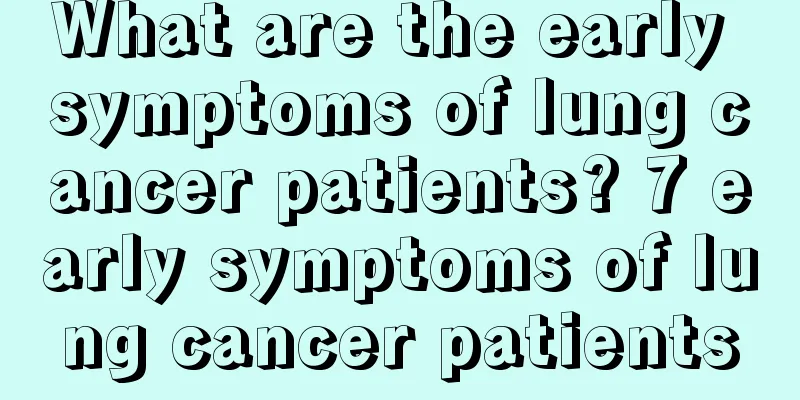What is the cause of chest tightness, shortness of breath and back pain

|
People who often feel chest tightness, shortness of breath or back pain should pay attention to whether it is due to overwork, chest tightness and difficulty breathing. These symptoms may also occur due to pulmonary congestion or heart failure and coronary heart disease. One is cardiac chest tightness - chest tightness and dyspnea after fatigue, or paroxysmal dyspnea at night. Patients may wake up from sleep due to suffocation. It is seen in heart disease patients with pulmonary congestion and heart failure. Chest tightness can also be a manifestation of angina pectoris when myocardial ischemia occurs in coronary heart disease. Younger people should pay attention to the possibility of myocarditis. The second is pulmonary chest tightness, which is seen in bronchial asthma, pleural effusion, spontaneous pneumothorax, pulmonary fibrosis, etc. Chest tightness caused by functional problems of the three nerves - common in cardiovascular dysfunction. Patients feel chest tightness and shortness of breath, and subjectively feel that there is not enough air and breathing difficulties. They often breathe like sighs and feel comfortable after exhaling a long breath. Sometimes they are also accompanied by palpitations, stabbing pain in the precordial area, as well as neurological symptoms such as fatigue, dizziness, confusion, panic, anxiety, sweating, and insomnia. Most of the patients suffer from this disease, and its characteristic is that the symptoms are numerous and changeable, which are similar to coronary heart disease and angina pectoris, but no organic lesions are found in electrocardiogram, cardiac B-ultrasound and other examinations. 4. In addition, organic chest tightness often occurs after exercise or fatigue, while functional chest tightness often occurs during rest; organic chest tightness can be significantly improved after sitting up, while functional chest tightness often does not change due to changes in body position. The mechanism of this disease is autonomic dysfunction and increased sympathetic nerve tension, which causes a series of functional symptoms and manifestations of the cardiovascular system. |
<<: What to do with hyperhemoglobinemia
>>: How to treat neurogenic foot odor?
Recommend
The 8 most favorite actions of people when lying
An unintentional glance, an inadvertent smile, or...
Grape seed taking method and dosage
It has to be said that grape seeds are a health p...
How to defrost the refrigerator?
At home, people often put leftovers in the refrig...
What are the treatments for small cell lung cancer? Learn about these three methods
After suffering from small cell lung cancer, many...
What are the symptoms of Behçet's syndrome?
Behcet's syndrome is a relatively rare immune...
What are some ways to prevent lipstick from sticking to cups?
Before going out, women often put on very beautif...
What are the benefits of soaking your feet in mugwort leaves
The weather is getting colder in winter, especial...
How to best care for fibroids
How to take care of fibroids best? In our daily l...
What symptoms may be late-stage prostate cancer? Does prostate cancer require surgical removal?
The prostate is a very important organ for men. I...
A brief description of the staging of several common cervical cancers
Clinically, cervical cancer is divided into five ...
What to eat when you have lung cancer? Precautions for a reasonable diet for lung cancer
The incidence of lung cancer is getting higher an...
Does gastric cancer affect menstruation and pregnancy?
Cancer is a serious disease. People of all ages c...
How many stages does nasopharyngeal cancer have and what are the causes?
How many stages does nasopharyngeal cancer have? ...
Is there any hope for osteosarcoma metastasis?
Osteosarcoma is a common disease. These condition...
What are the key points to prevent lung cancer
Lung cancer is extremely harmful to our body, so ...









